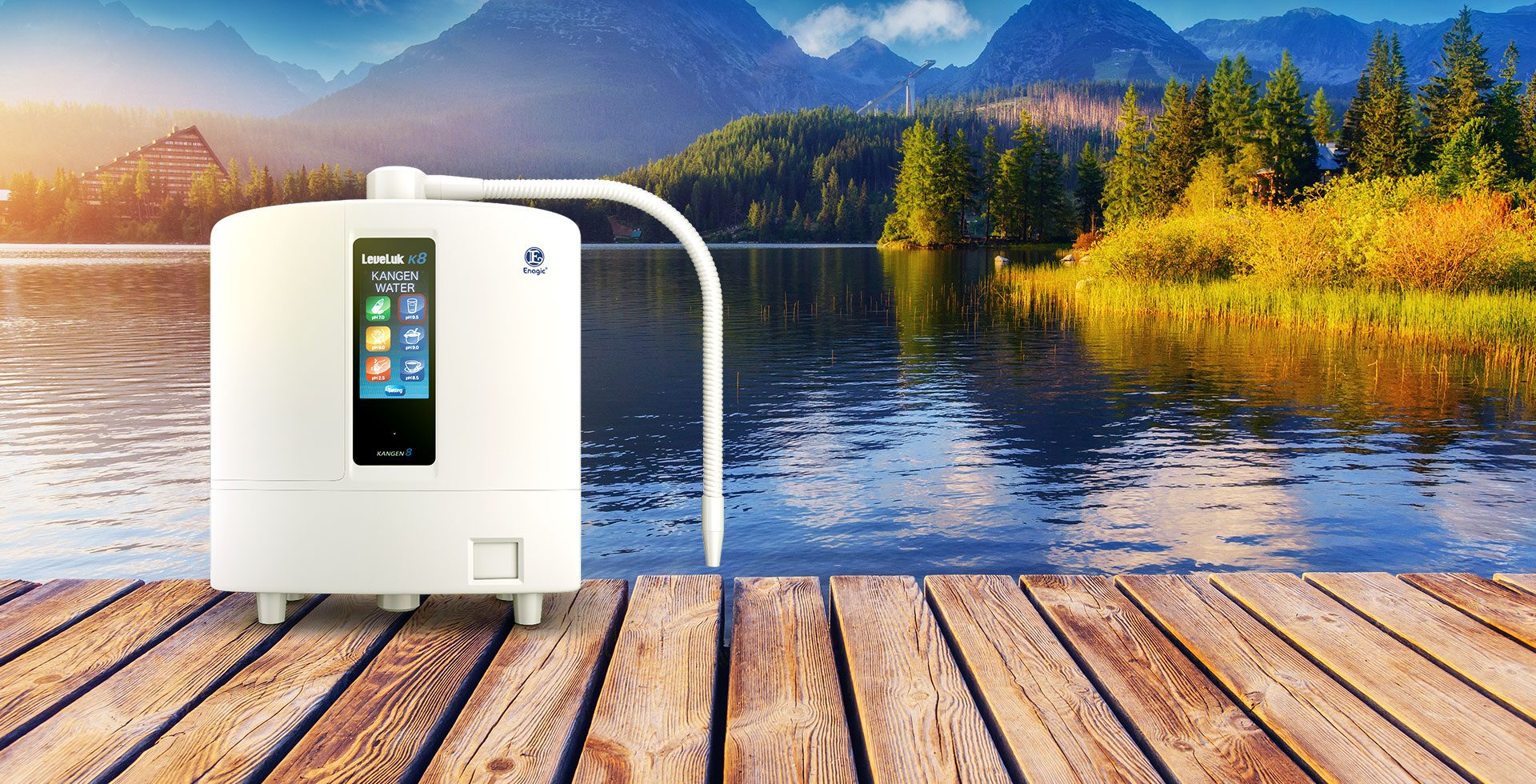The electrical potential needed for the reduction or slowing down of the oxidation process such as rusting is oxidation-reduction potential. Water must have ORP in negative to make it fit for drinking prospects. The amount of oxygen and other similar elements dissolved in the water determines the ORP of the water. It is measured in terms of millivolts (mV).
The oxidation-reduction potential is the electrical potential necessary for the reduction of oxidation. This process is referred to as deoxidization. ORP determines the reduction capacity to attract active oxygen. It is related to the pH levels. With the increase in pH, ORP also surges. It can be increased by making use of certain electrodes. It is a pocket-friendly measure which helps to analyze a lot of processes. People make use of various ORP testing equipment to monitor the quality of water for the long term.
Certain characteristics of ORP are as follows:
- ORP reading is vital to determine the contamination level of the water in accordance with its reduction and oxidation ability.
- ORP sensor is a combination of a sensor, a reference electrode and a measuring electrode.
- If the ORP reading is high, it implies that the solution is more oxidizing, and if the reading is low, it implies the sample solution is more anti-oxidizing.
- The output of ORP sensor, information about the dominating element in the sample solution, temperature and pH of the solution helps in predicting whether any chemical reaction will occur or not and what will be the oxidation state of ions present in the solution.
The ORP of natural water is affected by its temperature, and it is quite tedious to figure out a relevant relation between ORP and temperature practically as the components of natural water are not known. At the time the ORP electrodes may get dirty, as a result, the reading of which the readings may differ. Thus, it is imperative to keep the surface of the electrodes neat and clean. If the same solution is measured by making use of two ORP sensors, it is quite possible to have different kinds of readings.
The contamination in the sample solution causes variations in the readings. The ORP value of rainwater, tap water and bottled water is positive, and it is considered an excellent oxidizing agent. However, alkaline ionized water is anti-oxidizing in nature because its ORP value is negative. This value is equally important as the pH value to analyze the quality of water.
Few merits of ORP are as follows:
- Oxidation-reduction potential water quality is vital to know whether the water is fit for drinking prospects or not.
- This approach is useful for monitoring disinfection due to chlorine in the swimming pool, applications for water analysis, cooling towers and many more.
- Life of bacteria in the water is also affected by the ORP level. This approach is frequently applied in the water treatment process for removal of contaminants.




